Movement
Exploring the Benefits of an Active Lifestyle
Imagine a life where you feel physically and mentally revitalized, connected to your community, and empowered to conquer each day with purpose. That’s the power of embracing an active lifestyle! Far beyond the gym or sports field, movement is woven into the fabric of our lives, influencing our health, relationships, and even the society around us. In this blog post, we will delve into the multifaceted world of movement, uncovering the benefits of an active lifestyle, and providing you with practical tips to make every step count.
From physical activity to social and artistic movements, we’ll explore the different contexts of movement and their impact on our lives. We’ll also provide guidance on overcoming sedentary habits, adapting to life’s changes, and engaging with your community to stay active. Get ready to embark on a journey of self-discovery and personal growth as we dive into the transformative power of movement.
Key Takeaways
- Explore the benefits of an active lifestyle, from physical activity to social and political movements.
- Get tips for embracing a healthier lifestyle, such as setting realistic goals and tracking progress with a journal or fitness app.
- Find motivation in friends, family & community to stay active at any age with outdoor activities like hiking & biking plus online resources & virtual communities!
Understanding Movement: Definitions and Contexts
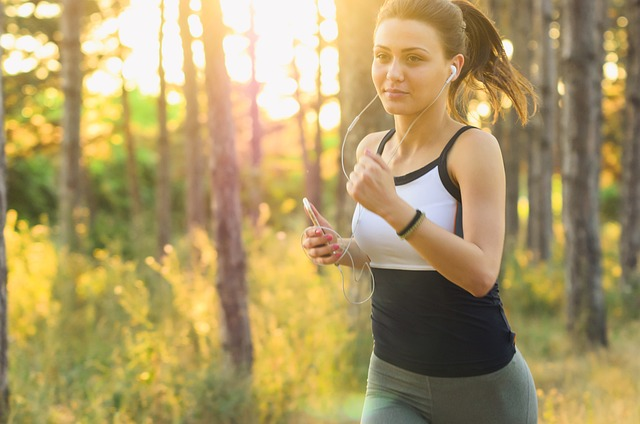
When we think of movement, our minds often gravitate towards physical activity, like running or dancing. However, movement is a remarkably versatile term, encompassing various aspects of our lives. From the civil rights movement that changed the course of history to the graceful pirouettes of ballet, movement encompasses a wide range of social, political, artistic, and musical contexts. Peeling back the different layers of ‘movement’, we realise its influence on our identity, the changes it drives, and the creativity it inspires.
In a world where change is the only constant, understanding the diverse forms of movement can help us navigate the shifting currents of our lives. From the organized activities of the antislavery movement to the fine arts of the realistic movement, each wave of change carries the potential to create a lasting impact within a particular sphere. Exploring the diverse contexts of movement can open fresh avenues for connecting with others and experiencing the world in unique ways.
Physical Movement
Physical movement plays a vital role in our overall health and well-being. From the graceful movements of dance and gymnastics to the upward movement in exercises like lifting or climbing, engaging in regular physical activity is essential to leading an active life. Our bodies are designed for motion, and embracing physical movement can help improve our flexibility, strength, and cardiovascular health, allowing for easier movement in our daily lives.
Moreover, physical movement has a ripple effect, benefiting our mental and emotional well-being as well. Studies have shown that regular exercise can help reduce stress, enhance mood, and boost self-confidence. Participation in activities that bring us joy contributes to the maintenance of not only a healthy body but also a nourishing mind and spirit, culminating in a vibrant, fulfilling life.
Embracing Movement in Everyday Life
Movement can mean many things . We mean for you to get out with friends and family. Talk, walk, dance, do things that will destress your life. Eventually you will be tired and sleep better. A lifestyle change requires some foundation and takes time.
Strategies for Thriving in Modern Life
Overall, navigating modern life is tough, but it can be simplified into eating right, sleeping more, moving more, and reducing stress to counter attack all the symptoms.
Conquering the Modern Eating Dilemma requires a conscious effort to navigate the sea of highly processed, hyper-palatable foods that inundate our modern diets.
In a world where convenience often trumps nutrition, it’s essential to regain control over our eating habits. By choosing whole, unprocessed foods and being mindful of portion sizes, we can better align our diets with our evolutionary needs. Understanding the impact of these processed foods on our neurotransmitters and overall health is a crucial step toward reclaiming our well-being and establishing a healthier relationship with what we eat.
The Energy Burn of Movement
Did you know that movement isn’t strictly physical? As I sit here, typing away to create this content-rich blog for Athletes Kitchen and all its clients, I’m burning energy. My brain is firing off commands, similar to how your computer operates, to compile this educational piece. This mental energy expenditure also burns calories, albeit not as many as physical activity would. It’s an interesting point to ponder when we discuss the concept of movement.
Embracing an Active Lifestyle: Key Components and Tips
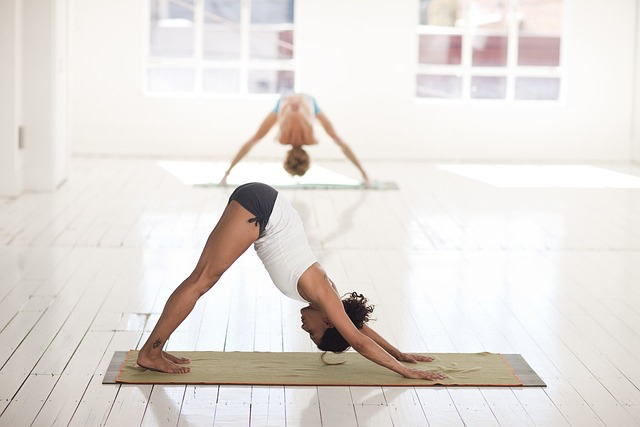
Leading an active lifestyle is more than just hitting the gym or going for a run; it’s a holistic approach that encompasses physical activity, nutrition, and mental well-being. By integrating these key components into our daily routines, we can optimize our health, boost our energy levels, and enhance our overall quality of life. This section outlines practical tips and strategies aimed at assisting you in adopting an active lifestyle and enjoying its myriad benefits.
From setting realistic goals for physical activity to making healthy food choices and managing stress, the journey towards an active lifestyle is a multifaceted one. Overcoming barriers to an active life and unlocking its true potential is possible through small, consistent steps and the support of friends, family, and community resources.
Physical Activity and Exercise
Regular physical activity and exercise are crucial for maintaining our physical and mental health. Participating in activities that challenge our physical and mental capacities can mitigate the risk of chronic diseases while improving flexibility, balance, and overall well-being. Aim for at least 30 minutes of physical activity each day, and remember, any activity is always better than none!
To make the most of your exercise routine, it’s important to:
- Find activities you enjoy
- Incorporate variety into your workouts
- This can help keep you motivated, prevent boredom, and ensure that you’re challenging different muscle groups
- Don’t forget to prioritize stretching and resistance training
- These can help improve flexibility, reduce the risk of injury, and strengthen muscles and bones.
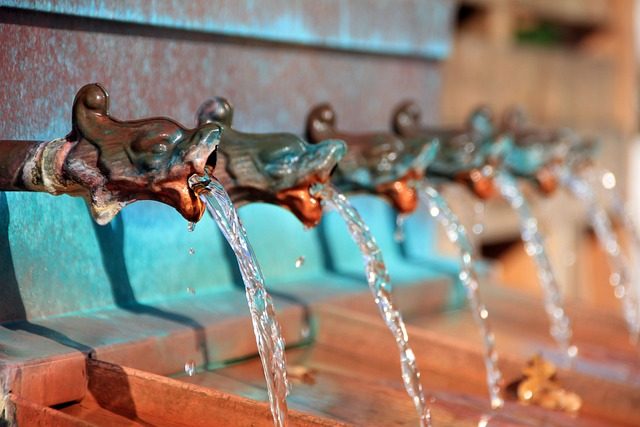
Nutrition and Hydration
A balanced diet and proper hydration are essential components of an active lifestyle and maintaining a healthy weight. Ensuring that our bodies receive the correct nutrients guarantees the energy and stamina required to power through daily activities and workouts. Focus on consuming a variety of:
- Fruits
- Vegetables
- Lean proteins
- Whole grains
- Low-fat dairy products
to provide your body with the raw materials it needs.
Staying well-hydrated is equally important, as it helps regulate body temperature, lubricate joints, and transport nutrients and oxygen to our cells. Here are some tips to help you stay hydrated:
- Drink plenty of water throughout the day
- Avoid sugary beverages that can lead to dehydration
- Include fruits and vegetables with high water content in your diet
By following these tips, you can maintain adequate hydration levels.
The Overindulgence in Modern Eating
We EAT more today than ever before, this is how our species has been able to survive from the beginning of time, but in our modern world with highly unnatural processed foods we have depleted our health. Processed, hyper-palatable foods make it hard to stop eating, we call them food with no breaks. Unlike real food they don’t have the same effects, they mess with the Nero transmitters of our brain.
Mental and Emotional Well-being
An active lifestyle not only benefits our physical health but also plays a significant role in promoting mental and emotional well-being. Studies have shown that engaging in regular physical activity can help alleviate stress, boost mood, and even lessen symptoms of depression and anxiety. By staying active, we can foster a positive mindset and improve our overall quality of life.
To support mental and emotional well-being, it’s essential to develop healthy strategies for managing stress and maintaining a positive outlook. Consider incorporating mindfulness practices, relaxation exercises, or positive self-talk to help you cope with daily challenges. Remember, a healthy mind is just as important as a healthy body in leading an active and fulfilling life.
The Duality of Modern Life
Modern life has provided us with many advancements in science and technology. With its convenient benefits, we have some disadvantages as well. Today, we MOVE less, EAT more, and SLEEP less. We have modern world stressors, and lack of real social connection. Modern advancements in medicine have also provided ways to patch our modern life issues, but don’t address the underlying cause of why we are degrading. Below are tips and tricks to move through our modern lives.
The Paradox of Modern Inactivity
We travel in cars and sit behind desks. Many people simply don’t have time to work out. However, movement can come in different forms. Try ditching the cab ride, or taking the stairs instead of the elevator, or parking farther and walking to your destination. Create situations for yourself to be more active, and try to get one hour of movement per day!
Overcoming Sedentary Habits: Strategies for Success
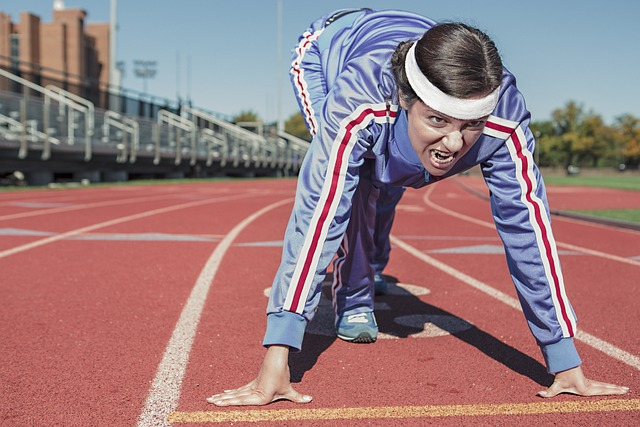
Breaking free from sedentary habits can be a challenging yet rewarding journey. It requires persistence, self-awareness, and a willingness to step outside of our comfort zones. This section delves into strategies to overcome common obstacles, set realistic goals, and find the motivation and support crucial for success in your pursuit of an active lifestyle.
Identifying and addressing potential barriers, setting achievable goals, and seeking support from friends, family, and community resources can help you gradually replace sedentary habits with healthier alternatives. Remember, Rome wasn’t built in a day, and the same goes for transforming your lifestyle. Embrace the process, celebrate your victories, and keep moving forward one step at a time.
Identifying and Addressing Barriers
The first step in overcoming sedentary habits is to recognize and acknowledge the barriers that may be preventing you from leading a more active lifestyle. Common obstacles may include:
- Lack of time
- Lack of motivation
- Lack of resources
- Physical abilities
By being honest with yourself about the challenges you face, you can develop targeted strategies to address them and make lasting changes.
To overcome these barriers, consider:
- Setting achievable goals
- Breaking them down into smaller steps
- Seeking support from loved ones
- Exploring the resources available in your community, such as local fitness classes, outdoor activities, and online platforms
By leveraging these tools, you can find the motivation and guidance needed to overcome obstacles and embrace an active lifestyle.
Setting Realistic Goals and Tracking Progress
Setting realistic goals is crucial for staying motivated and focused on your objectives. Here are some tips for setting effective goals:
- Establish specific, measurable, and time-bound targets.
- Create a clear roadmap for success.
- Track your progress regularly.
- Be patient with yourself and embrace the journey.
Remember, lasting change takes time and effort. Stay committed and keep pushing forward.
To monitor your progress effectively, consider keeping a journal or using fitness apps to log your activities and achievements. This can help you stay accountable, identify areas for improvement, and celebrate your accomplishments. By tracking and reflecting on your progress, you can gain valuable insights into your habits and make informed decisions about your long-term goals and strategies.
Finding Motivation and Support
Staying motivated and finding support from others are essential factors in overcoming sedentary habits and maintaining an active lifestyle. Surrounding yourself with like-minded individuals sharing your goals and values fosters a positive, encouraging environment conducive to growth and success.
Consider joining local fitness classes, sports leagues, or outdoor activities to connect with others who share your passion for movement. Online resources and virtual communities can also provide valuable support and inspiration, helping you stay engaged and motivated on your journey towards an active lifestyle.
Remember, we are stronger together, and the support of friends, family, and community can be a powerful catalyst for change.
Prioritizing Sleep for a Sharper Tomorrow is a fundamental aspect of thriving in our fast-paced modern world.
In an era where busyness is often glorified, it’s vital to recognize that sleep plays a crucial role in our cognitive function, emotional well-being, and physical health. Cutting back on sleep to get more done may seem productive in the short term, but it ultimately leads to a host of negative consequences, including decreased productivity, heightened stress, and impaired cognitive abilities. By making a conscious effort to ensure sufficient, quality sleep, we set the stage for a sharper, more focused, and healthier future. Sleep serves as a restorative process, detoxifying our brain and facilitating various bodily functions, making it an indispensable part of our quest for a brighter tomorrow.
Movement for All Ages: Adapting to Life’s Changes
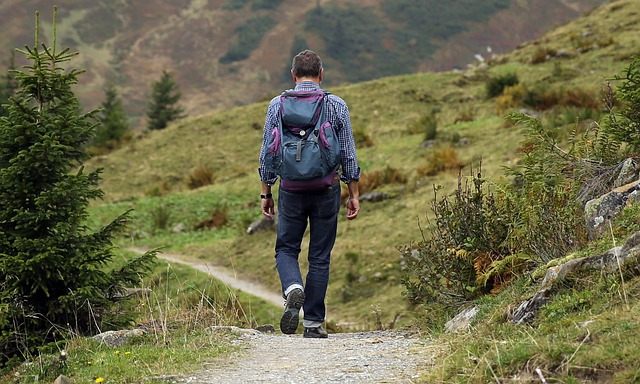
Movement and physical activity are essential at every stage of life, from childhood to older adulthood. As we navigate the different phases of our lives, our physical needs and abilities may change, requiring us to adapt our approach to movement and exercise. This section delves into age-specific recommendations for maintaining activity, alongside the unique challenges and opportunities at different life stages.
Comprehending the importance of movement at each life stage and adapting activities to meet changing needs aids in maintaining activity, health, and engagement throughout life. Whether you’re a young child discovering the joys of play or an older adult exploring the benefits of gentle exercise, movement is a lifelong journey that can enrich our lives in countless ways.
Movement for Children and Teens
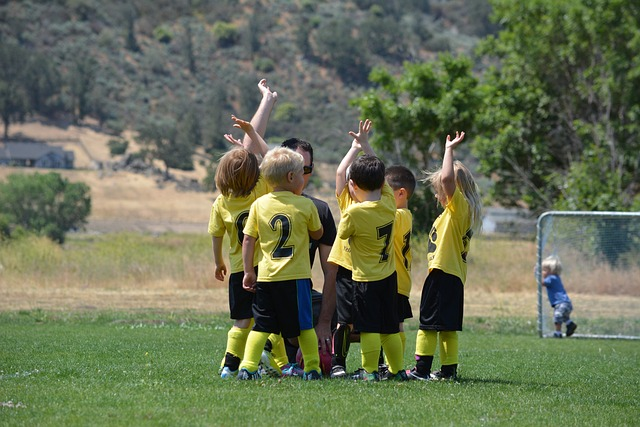
Physical activity is crucial for the healthy growth and development of children and teens. Engaging in activities that develop strong bones and muscles, improve coordination and balance, and foster social skills can set the foundation for a lifetime of health and well-being. Parents can play a vital role in encouraging healthy habits by providing opportunities for play and physical activity, setting a positive example, and promoting a balanced diet.
Aim for at least 60 minutes of physical activity each day for children and teens. Incorporate a variety of activities, such as running, jumping, and playing sports, to keep them engaged and challenged. Instilling a love for movement at a young age empowers children towards leading active, healthy lives.
Movement for Adults
Adults face unique challenges when it comes to maintaining an active lifestyle. Balancing work, family, and personal well-being can be a juggling act that leaves little time for physical activity. However, it’s essential to prioritize our health and well-being, as staying active can help prevent chronic diseases, boost our mental health, and enhance our overall quality of life.
To stay active as an adult, aim for at least 30 minutes of physical activity each day. Incorporate a mix of aerobic exercises, strength training, and flexibility exercises to keep your workouts balanced and engaging. Additionally, consider seeking support from friends, family, or local fitness classes to stay motivated and accountable on your journey towards an active lifestyle.
Movement for Older Adults
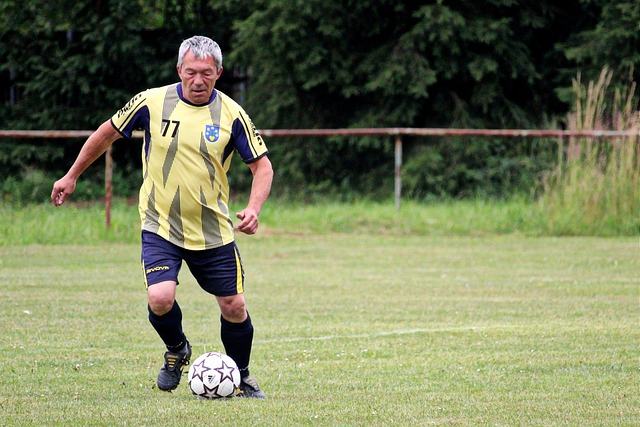
As we age, our physical needs and abilities may change, requiring us to adapt our approach to movement and exercise. Older adults can still enjoy the benefits of physical activity, such as improved balance, flexibility, and cardiovascular health, by participating in gentle exercises and activities tailored to their needs and abilities.
Some excellent options for older adults include walking, swimming, and tai chi. These low-impact activities can help maintain overall health and well-being without placing undue stress on joints and muscles. Before starting any new exercise routine, it’s essential to consult with a healthcare provider to ensure that the activities are appropriate and safe for your current physical condition.
Movement in the Community: Opportunities for Engagement
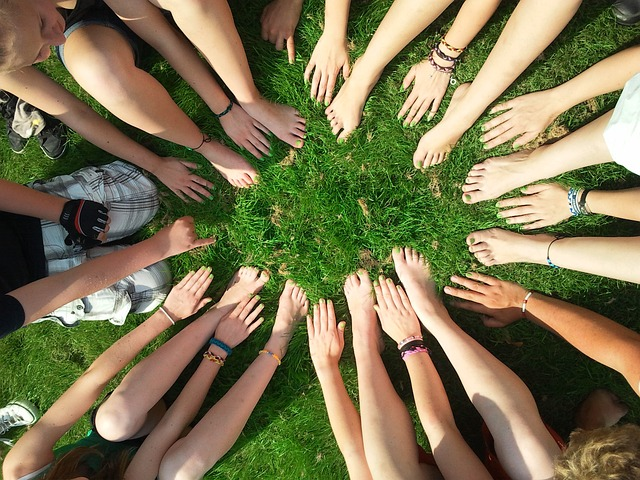
Our communities offer a wealth of opportunities for engagement in physical activity, providing valuable resources and support for individuals at all stages of their active lifestyle journey. Some examples include:
- Local fitness classes and sports leagues
- Outdoor activities such as hiking, biking, and swimming
- Online resources and communities for fitness and wellness
- Community centers and gyms with exercise equipment and classes
These options allow individuals to connect with others, stay motivated, and make the most of the movement opportunities around them.
Embracing community movement opportunities not only enhances personal physical and mental well-being, but also contributes to the health and vitality of our neighborhoods and cities. Some examples of community movement opportunities include:
- Joining a local yoga class
- Participating in a community race
- Taking part in a neighborhood walking group
- Volunteering for a community garden project
- Attending outdoor fitness classes in the park
Let’s seize the opportunities around us, as there is a movement afoot to make movement a cornerstone of our lives.
Revitalizing Social Ties: A Key to Battling the Isolation of the Digital Age
In a time when technology often replaces in-person interaction, it’s crucial we make a deliberate effort to rebuild meaningful connections with others. Studies indicate that social isolation can be as damaging as smoking, emphasizing the importance of cultivating genuine social bonds. Whether it’s through community involvement, hobbies, or simply putting down our devices to have real conversations, reestablishing these connections can enhance our emotional well-being and provide a sense of belonging that is often missing in modern life.
The Erosion of Social Interactions
The rise of technology has led to a significant shift in the way we socialize, resulting in a drastic reduction in face-to-face interactions. Studies have revealed that social isolation can be as detrimental to our health as smoking a pack of cigarettes daily.
The Significance of Social Interactions and Adequate Sleep in Today’s World
In the fast-paced society we live in, maintaining meaningful social connections and getting enough rest are paramount. Social interactions are the ties that bind us together, promoting emotional health and providing the support we need to thrive amidst modern challenges. Meanwhile, sleep rejuvenates our bodies and minds, serving as an essential process for peak cognitive function, emotional resilience, and overall health. Acknowledging the profound influence that both social interaction and quality sleep exert on our lives emphasizes their critical roles in ensuring a balanced and fulfilling life in today’s world.
Local Fitness Classes and Sports Leagues
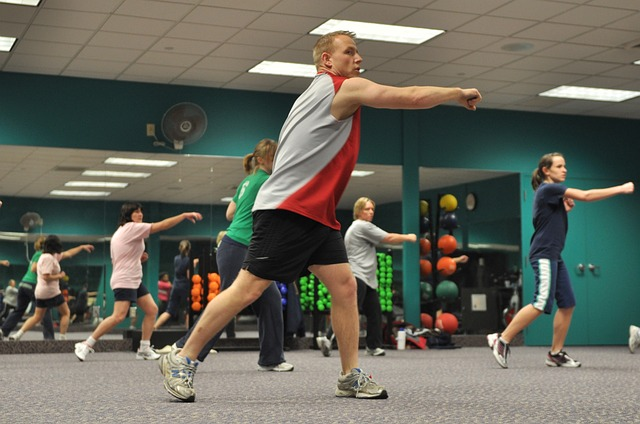
Local fitness classes and sports leagues are fantastic opportunities to stay active, develop new skills, and connect with others in your community. These organized activities, provided by gyms, community centers, and sports clubs, cater to a wide range of interests and fitness levels, ensuring that there’s something for everyone.
To find and join local fitness classes and sports leagues, consider searching online, asking for recommendations from friends and family, or checking with your local parks and recreation department. Participation in these activities can lead to improved physical health, new friendships, increased self-confidence, and a sense of camaraderie and community.
Outdoor Activities and Events

Outdoor activities and events, such as hiking, biking, and community races, offer a fun and engaging way to stay active while enjoying the beauty of nature. These activities can help improve physical health, boost mental well-being, and create a sense of connection with the environment and the community.
To make the most of outdoor activities and events, be sure to:
- Set achievable goals
- Dress appropriately for the conditions
- Stay hydrated
- Take breaks when needed
By embracing the outdoors and participating in community events, you can enhance your active lifestyle while fostering a deeper connection with the world around you.
Online Resources and Virtual Communities
In today’s digital age, online resources and virtual communities offer a wealth of support and encouragement for individuals seeking to maintain an active lifestyle. From fitness forums and blogs to social media groups, these platforms provide valuable information, motivation, and a sense of connection with like-minded individuals from around the world.
To get involved in online resources and virtual communities, consider joining forums, following blogs, and participating in social media groups related to your interests. Leveraging these digital platforms aids in staying connected, inspired, and motivated on the journey towards an active and fulfilling life.
Embracing a Comprehensive Strategy for Enhancing Modern Life is essential in successfully navigating the complexities of our fast-paced world.
This approach acknowledges that thriving in today’s society goes beyond addressing isolated issues; it involves understanding the interplay between different aspects of our lifestyles. By giving equal importance to our physical health, mental well-being, and social relationships, we can achieve a more balanced and fulfilling life. This strategy promotes a harmonious blend of movement, nutrition, sleep, and social interaction to counteract the pressures of modern life. Adopting this comprehensive perspective allows us to not only solve immediate problems but also lay the groundwork for a more sustainable and enriching existence in our contemporary world.
Summary
Embracing an active lifestyle is a powerful way to enhance our physical, mental, and emotional well-being, as well as foster a sense of connection with our communities and the world around us. By understanding the diverse contexts of movement, overcoming sedentary habits, and adapting to life’s changes, we can unlock the transformative power of movement and lead more vibrant, fulfilling lives.
As we journey through the different stages of life, let us seize every opportunity to stay active, engaged, and connected. Whether it’s exploring new forms of artistic expression, joining a local sports league, or simply taking a walk in the park, every step we take brings us closer to a healthier, happier, and more active life.
Frequently Asked Questions
What is the brief definition of movement?
Movement is the act or process of moving from one place or position to another. It can involve people, animals, or things, and encompasses change of place, posture, or both.
What is the synonyms for movement?
Movement can be referred to as shifting, move, shift, motion, relocation, stirring, stir and flapping.
What is a example of movement?
Physical movement involves changing position or going from one place to another, such as walking, running, swimming, and dancing.
What is movement in one word?
Motion is the best way to describe movement in one word.
What are some benefits of an active lifestyle?
An active lifestyle can improve physical and mental health, boost social skills, and foster a sense of community connection – all key to a happy and healthy life.
